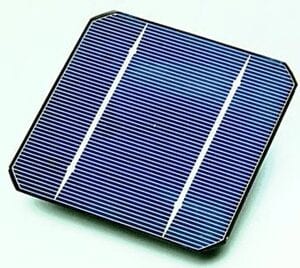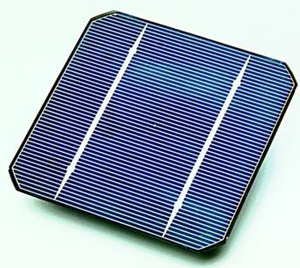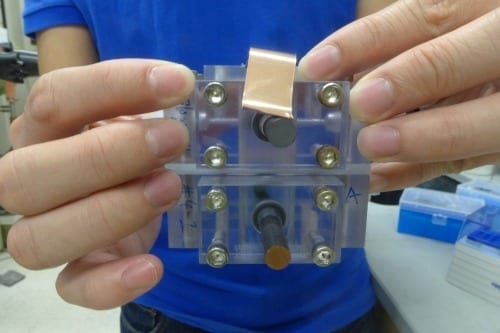The U.S. Department of Energy aims to make electricity from the sun cheaper than that from burning coal or natural gas.
Silicon translates sunshine into electricity—and Earth receives enough sunshine in a daylight hour to supply all of humanity’s energy needs for a year. But despite being as common as sand, photovoltaic panels made from silicon—or any of a host of other semiconducting materials—are not cheap, especially when compared with the cost of electricity produced by burning coal or natural gas. The U.S. Department of Energy (DoE) aims to change that by bringing down the cost of solar electricity via a new program dubbed “SunShot,” an homage to President John Kennedy’s “moon shot” pledge in 1961.
“If you can get solar electricity down at [$1 per watt], and it scales without subsidies, gosh, I think that’s pretty good for the climate,” notes Arun Majumdar, director of the Advanced Research Projects Agency–Energy (ARPA–e), the DoE’s high-risk research effort. “With SunShot, the goal is to reduce the cost of solar to [$1 per watt] in the next six years.”
As it stands, melting silicon or depositing thin layers of copper indium gallium selenide, then manufacturing photovoltaic modules and installing them on rooftops or in large arrays in the desert, can cost as much as $10 per watt. And whereas some technologies can deliver modules for roughly $1 per watt, installation at least doubles that.
“We are making solar for the masses…to get to [a] cost point that is viable,” said Bruce Sohn, president of Columbus, Ohio–based First Solar, the world’s largest thin-film photovoltaic manufacturer, which claims it can produce its modules for less than $1 per watt, on a panel at ARPA–e’s second annual summit on March 1. “We are looking to make something that can compete head to head with fossil fuels over the long term.”
As part of the new SunShot initiative, DoE committed some $27 million to fund novel methods for producing solar cells and their components—like 1366 Technology’s effort to grow pure silicon wafers directly rather than hewing them from long ingots of the material or Solexant‘s effort to build thin-film solar cells from semiconducting materials that are neither toxic nor rare. The goal is to produce solar modules at roughly 50 cents per watt with attendant hardware and installation costing the same amount. To reach that target the photovoltaic cells will have to convert at least 20 percent of the sunlight that shines on it into electricity and cost only 25 cents per watt by 2017. “The future of the U.S. depends on three securities: national, economic and environmental. The foundation of all of this is innovations in energy technology,” Majumdar said in his own speech to the summit. “The future is still up for grabs. How do we win the future? Invent affordable clean technology. Make them locally, sell them globally.”
Find out more about what happened to these projects as of July, 2019
The Latest on: Solar energy
[google_news title=”” keyword=”solar energy” num_posts=”10″ blurb_length=”0″ show_thumb=”left”]
via Google News
The Latest on: Solar energy
- Philly announces next big solar energy project, which could power 600 city-owned buildingson May 1, 2024 at 7:04 am
Either solar, wind, or hydroelectric could be the next big source of renewable power for Philadelphia's municipally-owned buildings.
- Scientists make breakthrough while investigating potential of solar panels: 'We figured some other ways to capture more solar energy'on May 1, 2024 at 4:15 am
Scientists have been hard at work figuring out ways to make solar cells — the part of the solar panel that actually absorbs light — work more efficiently. However, a group of scientists working on that very issue recently stumbled across some potentially easier solutions to the problem.
via Bing News










